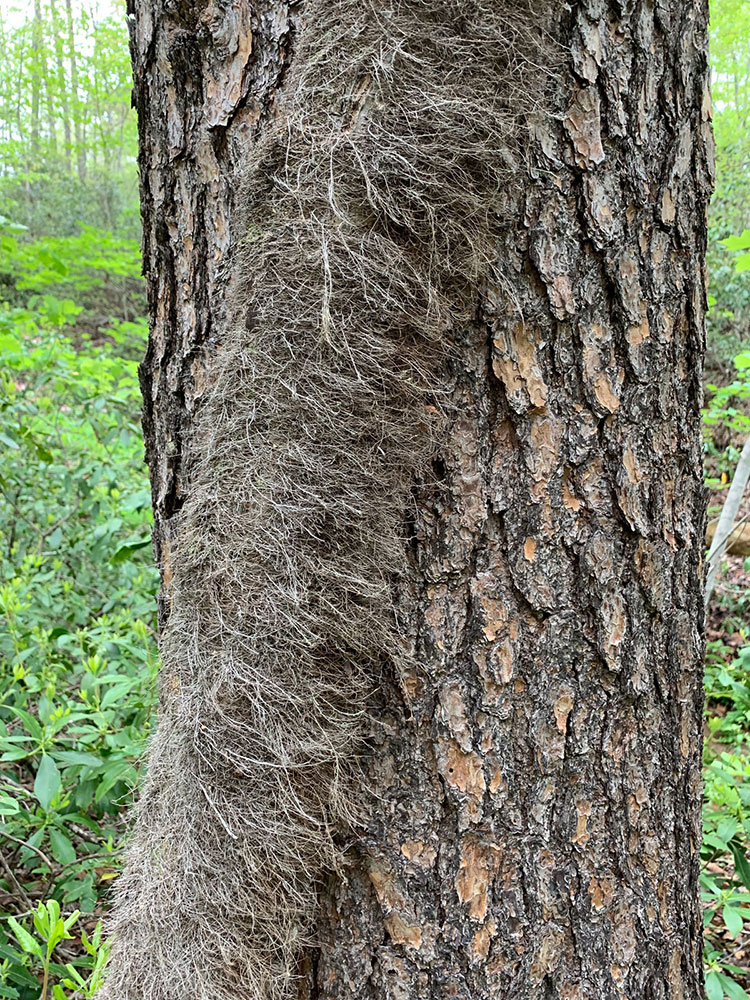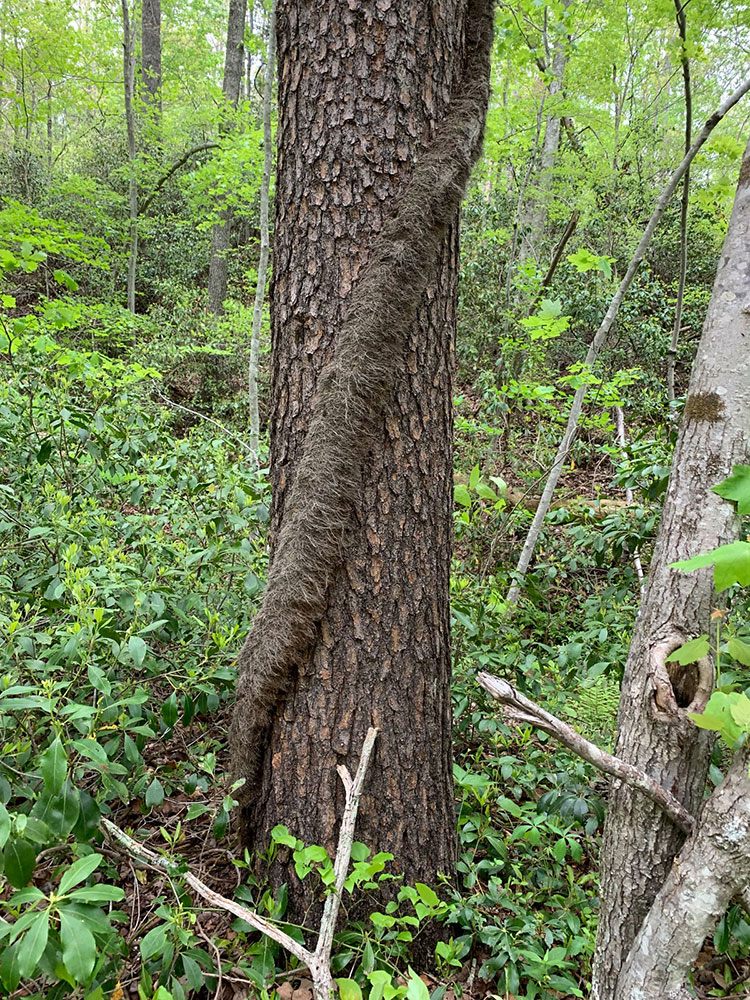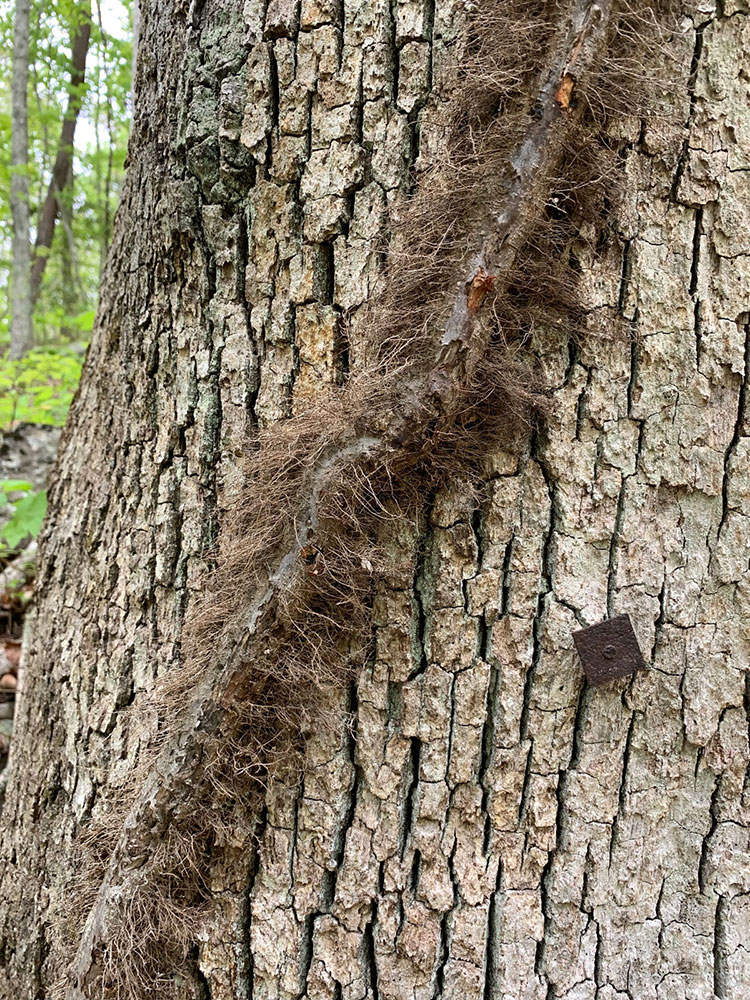I wasn’t going to write a lot about this plant, because I assume you know what it is. However, then I started reading about it, and there were some things I wanted to say.
First: Did you know it’s not an ivy, it’s actually a member of the Cashew and Pistachio family? I didn’t. That’s also the same family as Mangoes, and some people have a similar allergic reaction to Mangoes.
Second: One thing I’ve learned about this plant is that it can be a bush, it can be a climbing vine, it can be a trailing vine, it can be a mess. Stay away.
Third: Birds love the berries, so that’s one reason why you find it everywhere.
Fourth: This plant thrives in high concentrations of carbon dioxide in the air (which increase the rate of plant growth, and cause them to produce even more urushiol). So climate change is making the conditions for Poison Ivy to spread and take over that more adventitious. Noooooo!!!!
Fifth: Related to #4 since the 1960s the growth and potency of poison ivy has ALREADY DOUBLED, and continues to increase.
Sixth: Many people confuse this plant with Carolina Creeper (which sometimes has three leaves, and also always has five leaves), hog peanut, blackberry, and personally, the Boxelder tree always tricks me. When in doubt, I just avoid anything that could be suspect!
Seventh: I met a guy, who ate poison ivy. I’m not joking. He spent a few years picking the very tender young plant leaves and eating them. How did I find this out? He grabbed a poison ivy plant (it wasn’t that big) with his bare hands and pulled it out of the ground to get rid of it. He said eating it prevents him from having a reaction. Did he go home and wash with technu secretly after this stunt? I don’t think so. He seemed very earnest. And he was Swedish and a botanist, so I just have to believe him.
Size: It really depends on whether it's growing as a shrub or vine. So I'm going to say the size varies. Family: Anacardiaceae (Cashew/Pistachio Family) Habitat: Everywhere. Identification: "These four characteristics are sufficient to identify poison ivy in most situations: (a) clusters of three leaflets, (b) alternate leaf arrangement, (c) lack of thorns, and (d) each group of three leaflets grows on its own stem, which connects to the main vine, the middle stem is longer" From wikipedia.org












